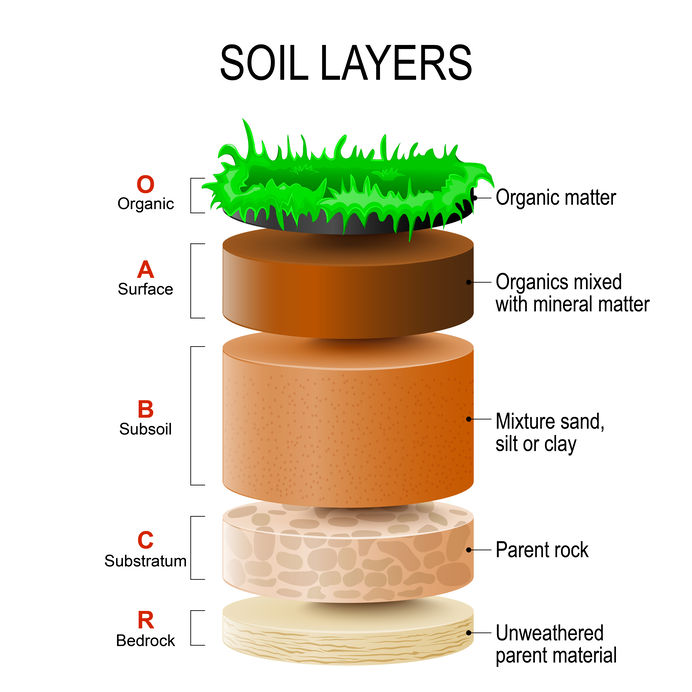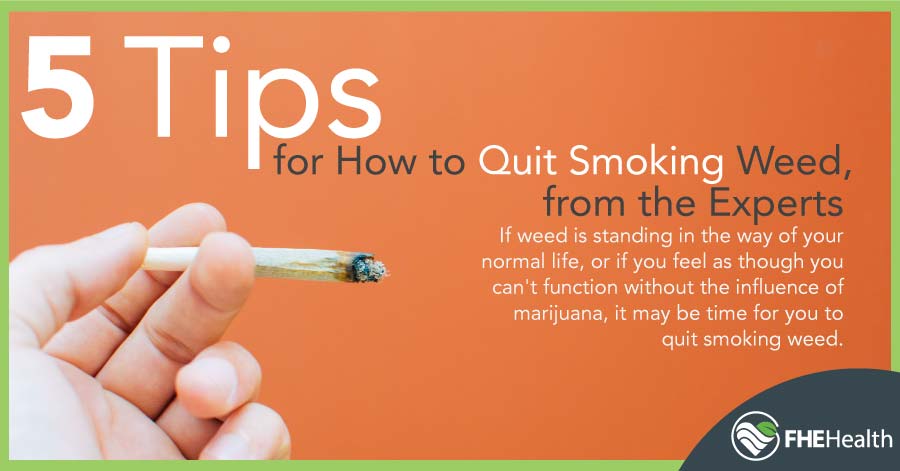Unlock Healthier Soil: Benefits of No-Dig Gardening for Healthier Soil

Imagine stepping into a lush, vibrant garden where every plant thrives, and the soil beneath your feet feels rich and alive. This isn't a dream but a reality that many gardeners are achieving through no-dig gardening. This sustainable gardening method is revolutionizing how we care for our soil and cultivate our plants. But what exactly are the benefits of no-dig gardening for healthier soil? Let's dive in and explore this transformative approach.
What is No-Dig Gardening?
No-dig gardening, also known as no-till gardening, is a method that avoids disturbing the soil through digging or tilling. Instead, gardeners layer organic materials like compost, mulch, and manure directly onto the soil surface. This technique mimics natural processes, promoting a healthier and more productive ecosystem.
Benefits of No-Dig Gardening for Healthier Soil
Improved Soil Structure
One of the primary benefits of no-dig gardening is the enhancement of soil structure. Traditional digging can disrupt the delicate balance of soil particles, leading to compaction and poor aeration. In contrast, no-dig gardening allows soil to maintain its natural structure, which improves water retention and drainage. Think of it like a well-organized bookshelf: each book (or soil particle) has its place, creating a stable and efficient system.
Weed Reduction
Weeds can be a gardener's nightmare, but no-dig gardening offers a natural solution. By layering organic materials on top of the soil, you create a barrier that suppresses weed growth. This method not only saves you time and effort but also reduces the need for chemical herbicides, promoting a more organic soil environment. It's like putting a blanket over the weeds, smothering them before they have a chance to sprout.
Enhanced Natural Fertility
No-dig gardening boosts the soil's natural fertility by encouraging the growth of beneficial microorganisms. These tiny helpers break down organic matter, releasing nutrients that plants can easily absorb. It's like having a team of tiny gardeners working around the clock to enrich your soil. This process creates a self-sustaining cycle of nutrient recycling, ensuring your plants have everything they need to thrive.
Sustainable Gardening Practices
Sustainability is at the heart of no-dig gardening. By avoiding digging, you preserve the soil's natural ecosystem, reducing the need for external inputs like fertilizers and pesticides. This method also conserves water, as the layered organic materials help retain moisture. It's a win-win for both your garden and the environment.
Long-Term Soil Health
No-dig gardening is an investment in the long-term health of your soil. Over time, the layers of organic matter decompose, adding valuable humus to the soil. This improves soil structure, increases water retention, and enhances nutrient availability. It's like building a savings account for your soil, ensuring it has the resources it needs for years to come.
How to Get Started with No-Dig Gardening
Ready to reap the benefits of no-dig gardening? Here's a simple guide to get you started:
- Prepare Your Site: Clear any existing weeds or debris from your garden area. You don't need to dig; just remove what's on the surface.
- Layer Organic Materials: Start with a layer of cardboard or newspaper to suppress weeds. Then, add layers of compost, mulch, and other organic materials. Think of it like making a lasagna, with each layer adding flavor and nutrition.
- Plant Directly: Once your layers are in place, you can plant directly into the top layer. The roots will grow through the layers, accessing the rich nutrients below.
- Maintain and Monitor: Keep an eye on your garden, adding more organic materials as needed. Over time, you'll see your soil improve and your plants flourish.
External Resources for Further Learning
For more in-depth information, check out these authoritative resources:
- Royal Horticultural Society: Offers comprehensive guides on no-dig gardening and soil health.
- Permaculture Research Institute: Provides insights into sustainable gardening practices and the benefits of no-dig methods.
- Garden Organic: A wealth of knowledge on organic gardening and soil management.

Conclusion
No-dig gardening is more than just a trend; it's a sustainable and effective way to unlock healthier soil. By improving soil structure, reducing weeds, enhancing natural fertility, and promoting long-term soil health, this method offers numerous benefits. So, why not give it a try? Your garden, and the environment, will thank you.
Ready to transform your garden? Click here to learn more about no-dig gardening and start your journey towards healthier soil today!
FAQs
What materials can I use for layering in no-dig gardening? You can use a variety of organic materials such as compost, mulch, manure, straw, and even kitchen scraps. The key is to create a diverse mix that will break down over time.
How long does it take to see results with no-dig gardening? The timeline can vary, but you should start seeing improvements in soil health and plant growth within the first growing season. The benefits continue to accumulate over time.
Can I practice no-dig gardening in a small space? Absolutely! No-dig gardening is suitable for gardens of all sizes, including small urban plots and even container gardens.
Is no-dig gardening more expensive than traditional methods? Not necessarily. While you may need to invest in organic materials initially, the long-term savings on fertilizers, pesticides, and water make it a cost-effective option.
How does no-dig gardening help with pest control? By promoting a healthy soil ecosystem, no-dig gardening encourages the presence of beneficial insects and microorganisms that can help control pests naturally.

So, are you ready to dive into the world of no-dig gardening and experience the transformative benefits for yourself? Your journey to healthier soil starts here.
0 Response to "Unlock Healthier Soil: Benefits of No-Dig Gardening for Healthier Soil"
Post a Comment